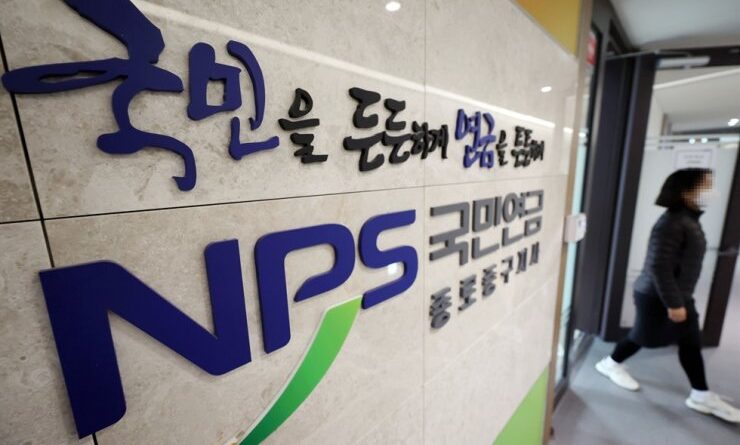South Korea. Pension reform proposals criticized for lacking sustainability
The recent national pension reform proposal at the National Assembly is facing criticism for merely tweaking some key figures — such as the premium and income replacement rates — without tackling the essential reforms needed to bolster the system’s long-term sustainability.
Many say the suggested changes are provisional, especially given the uncertainty about when the national pension system might undergo revision again.
A special pension reform committee associated with the National Assembly unveiled two proposals on Tuesday, following three days of discussions among its 34 designated members.
The first proposal primarily intends to ensure financial security for older adults by enhancing the income replacement rate from the current 40 percent to 50 percent. This increase would be achieved through a gradual rise in premium rates from 9 percent of income to 13 percent.
The second proposal, aimed at mitigating the impacts on future generations, suggests increasing premium rates to 12 percent of income over the next 10 years, while keeping the income replacement rates at the current 40 percent. Unlike the first proposal, this option advocates for a moderate increase in premiums without altering the benefits level.
The current system offers an income replacement rate of 40 percent and premium rates of 9 percent.
Despite public expectations for changes, the eligibility age for the pension remains unchanged at 65 years of age.
Kim Sang-kyun, right, head of the special pension reform committee, speaks about the committee’s pension reform proposals at the National Assembly in Seoul, Tuesday. Yonhap
Experts say neither of the proposals effectively addresses the core aim of the pension reforms: financial stabilization. Despite the adjustments presented, the only tangible outcome from these proposals is a modest extension of the pension fund’s depletion timeline by 7 and 8 years, respectively.
“With the first proposal’s 10 percent increase in the income replacement rate, the accompanying percentage points rise in premium rates merely covers this increment without contributing to the overall financial stability of the system. Its main goal seems to be enhancing retirement income security. However, this benefit disproportionately favors individuals who have contributed for longer periods, such as 30 years,” Kim Tae-il, a public administration professor at Korea University, said.
Regarding the second proposal, Kim said, “The amount of an increase in premium rates is insufficient for ensuring financial stability.
“To maintain the current income replacement rate, premium rates would need to reach at least 16 percent,” he added.
The proposal will be revisited during four public debates with the participation of a 500-citizen representative body. The National Assembly plans to leverage insights from these discussions to create a foundation for finalizing the reform proposal by May 29, which marks the end of the 21st National Assembly.
Some appreciate the initiative to engage citizens in the deliberative process as a positive step. However, there are also criticisms over the perceived haste in advancing this process to align with the conclusion of the parliamentary sessions.
“In a scenario where citizens are not fully informed about the complexities of the pension scheme, experts have laid out two options and are calling for a vote. It remains to be seen how extensively the details will be explained to the participating citizens and whether they will have sufficient opportunity to grasp the overall situation,” Kim said.
Read more @koreatimes











